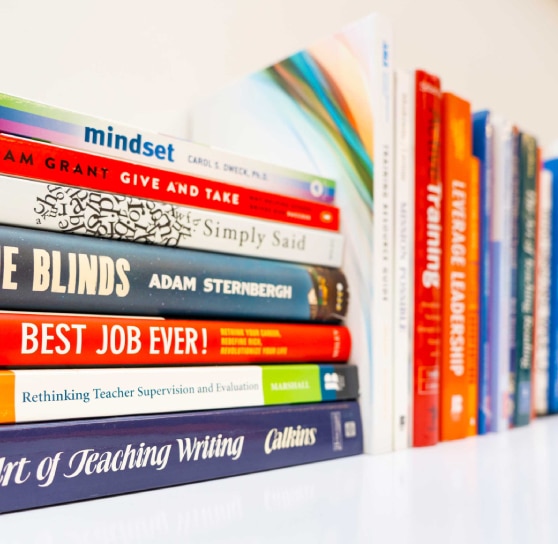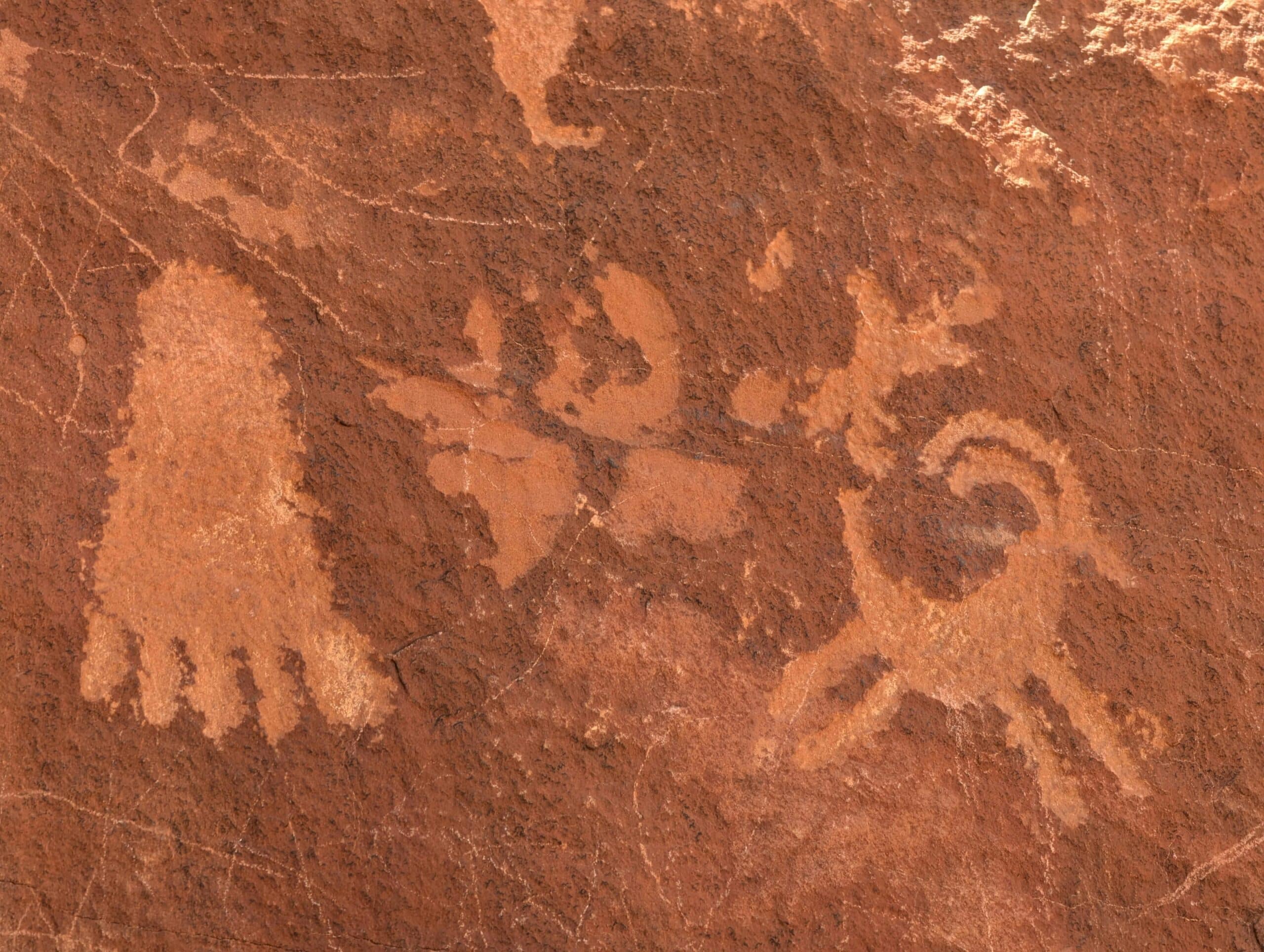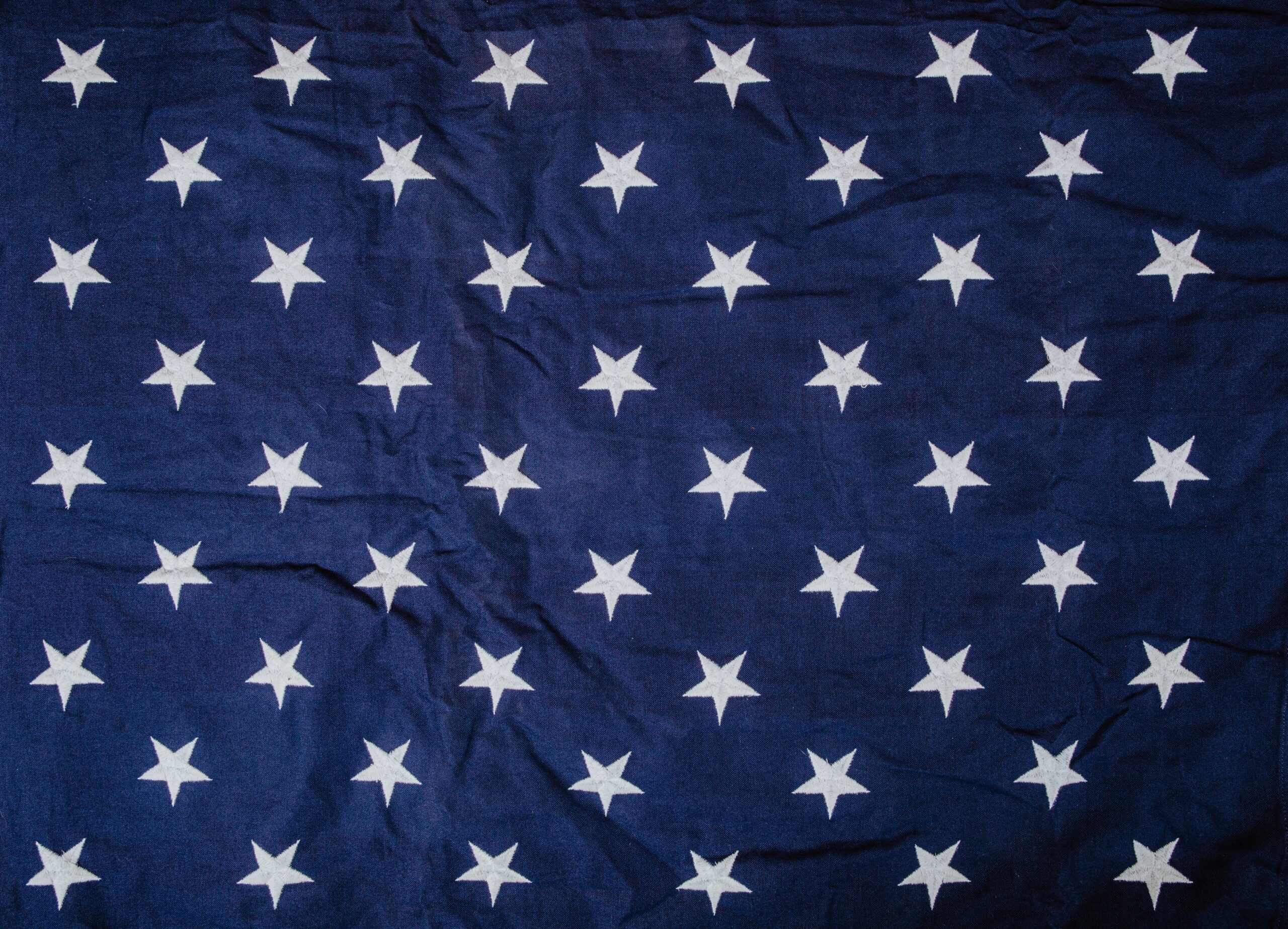


Central Question: Why did colonial Americans begin a movement for independence?
Liberty is defined as “the quality or state of being free.” Following the French and Indian War, the colonists faced new taxation and limits on their settlement by the British Parliament and King George III. Viewing these impositions of British imperial policy and the apparent lack of representation in Parliament as unfair, British colonists began to agitate for control over their national destiny, organizing boycotts of British goods. The British, however, remained firm and refused to give in to the colonists’ demands. Over the course of the next decade and facing an unbending Great Britain, American colonists, calling themselves Patriots, led a movement to declare independence from the British.
For more background, read “Teaching the Revolution” on the Gilder Lehrman Institute of American History website (free login required).
Scholars understand and can fluently use the following Unit 3 Key Terms:
Scholars understand the origins of the American Revolution and can explain the backlash to British colonial policies and the critical events leading to an independence movement.
Preparation
Launch (2 minutes)
Watch (3 minutes)
Read (10 minutes)
Discuss (5 minutes)
Homework
Central Question: Who caused the Boston Massacre?
On the night of March 5, 1770, American colonists attacked British soldiers in Boston, which led to the soldiers firing upon the crowd and killing five of the colonists. This event became known as the Boston Massacre, a rallying point for colonists against the stationing and quartering of British troops throughout the colonies and against the Townshend Acts, which the British soldiers had been deployed to enforce. Many different accounts of this encounter are available to study today, as John Adams successfully defended the British soldiers in court and thus had to depose numerous witnesses.
For more background, read “The Boston Massacre” on the History Channel website.
Scholars understand and can fluently use the following Unit 3 Key Terms:
Scholars understand the factors that led to an outbreak of violence in Boston and can evaluate the events of the Boston Massacre from the points of view of both the British soldiers and American colonists.
Preparation
Launch (2 minutes)
Watch (4 minutes)
Listen (10 minutes)
Discuss (4 minutes)
Set Up the Simulation (5 minutes)
Prepare (15 minutes)
Trial Reenactment (15 minutes)
Homework
Central Question: Why should colonists support the movement for independence?
Many misconstrue the American Revolution as a period of unanimous support for independence from Great Britain. However, colonists generally considered themselves loyal British citizens, asserting rightful constitutional claims that had been previously established through their colonial charters or contracts. As a result, many colonists had to be persuaded to join in this revolution. In order to encourage support, speeches, letters, and political cartoons were published in pamphlets or broadsides. Through this propaganda, Patriots attempted to inspire support for independence.
For more background, read “How Ben Franklin’s Viral Political Cartoon United the 13 Colonies” on the History Channel website.
Scholars understand and can fluently use the following Unit 3 Key Terms:
Scholars plan and draft editorials with strong ideas backed by evidence that develops, supports, or proves their ideas.
Preparation
Launch (2 minutes)
Read (20 minutes)
Discuss (3 minutes)
Give scholars 2 minutes to revise their main idea annotations for the documents based on the discussion.
Discuss (5 minutes)
Outline (15 minutes)
Draft (15 minutes)
Teacher Feedback Guidance
Central Question: Why should colonists support the movement for independence?
Scholars revise their speeches based on individualized teacher feedback to make their speeches stronger and clearer and understand how to use their feedback to grow as writers.
Preparation
Homework
Teacher Feedback Guidance
Central Question: Why should colonists support the movement for independence?
Scholars understand the arguments advanced by supporters and detractors of American independence and create colonial political cartoons illustrating these arguments.
Preparation
Launch (2 minutes)
Examine (10 minutes)
Discuss (3 minutes)
Give scholars 2 minutes to revise their main idea annotations for the images based on the discussion.
Discuss (5 minutes)
Homework
Central Question: To what extent was the Declaration of Independence a call for liberty?
The Declaration of Independence is the founding document of the American political tradition. The war against Great Britain had already begun when the Continental Congress appointed a committee to explore independence on June 7, 1776. John Adams, Benjamin Franklin, Roger Sherman, and Robert Livingston turned to their colleague Thomas Jefferson to draft a formal declaration. While the original Declaration would have been approved on July 2, colonial delegates contended with Jefferson’s inclusion of a passage condemning the African slave trade. The passage was ultimately removed and subsequently, on July 4, the document was approved, standing as both an assertion of independence and an act of treason against Great Britain.
For more background, read “The Declaration of Independence” on the Gilder Lehrman Institute of American History website (free login required).
Scholars understand and can fluently use the following Unit 3 Key Terms:
Scholars understand the principles expressed in the Declaration of Independence and can explain the extent to which these principles were a call for liberty for all colonists.
Launch (2 minutes)
Watch (4 minutes)
Discuss (4 minutes)
Homework
Central Question: How did the Continental Army unite American colonists against the British?
The Continental Army was an invention of Congress and was put under the command of George Washington. When Washington arrived outside Boston in the aftermath of the Battle of Bunker Hill, he immediately began to train the diverse militia forces he found there into a regular army. This diverse group of common men, Native Americans, and Africans, became the Continental Army. Each group of people looked to join the fight for their own motivations, but regardless of their disparate interests, they became a united force. The militia continued to exist and fight throughout the revolution with mixed results — and with mixed participation from different groups of Americans. Continental Army officers tended to deride its effectiveness, probably with reason, at least in the early years of the war. But at Saratoga, in the South, and in New Jersey during a 1780 campaign, they were essential fighting forces. By the end of the war, Washington and others in the Continental command were using the militia as support for the regular army, and they were a crucial component in the ultimate victory, a victory won through the united spirit of the common man.
For more background, read “A Common American Soldier” on the Colonial Williamsburg Foundation website.
Scholars understand and can fluently use the following Unit 3 Key Term:
Scholars understand the challenges and motivations for colonists joining the Continental Army and can explain how the Continental Army united American colonists against the British.
Launch (2 minutes)
Watch (4 minutes)
Read (10 minutes)
Discuss (4 minutes)
Homework
Central Question: Why did some Americans remain loyal to Great Britain?
The call for liberty and independence did not unanimously unite colonists. Many who wanted to work with King George III and Parliament to mend the relationship felt that doing so was in service of their safety and liberty. As the war progressed, the divide between these colonists, known as Loyalists, and the Patriots became increasingly fractured and heated. Both sides fought fervently for their positions through speeches, pamphlets, and even songs. Beyond the town squares of white male British colonists, the tension of the revolution touched all in the colonies: African, Native American, and women. All parties had their own interests in the revolution, and many Africans and Native Americans supported the crown as a way to earn freedom. Although the tension and fury of the revolution could be felt throughout the colonies, not all colonists agreed that a revolution was the best way to protect their liberties, and they remained loyal to the crown until the end of the war.
For more background, watch “Lecture 9: The Loyalists” from the course History 116: the American Revolution on the Open Yale Courses website.
Scholars plan and draft editorials with strong ideas backed by evidence that develops, supports, or proves their ideas.
Preparation
Launch (2 minutes)
Read (20 minutes)
Discuss (3 minutes)
Give scholars 2 minutes to revise their main idea annotations for the documents based on the discussion.
Discuss (5 minutes)
Teacher Model — 5 minutes
Outline (15 minutes)
Draft (15 minutes)
Share — 5 minutes
Teacher Feedback Guidance
Central Question: Why did some Americans remain loyal to Great Britain?
Scholars revise their speeches based on individualized teacher feedback to make their speeches stronger and clearer and understand how to use their feedback to grow as writers.
Preparation
Homework
Teacher Feedback Guidance
Central Question: Why did the American colonies win the Revolutionary War?
In the fall of 1781, a combined American force of Colonial and French troops laid siege to the British Army at Yorktown, Virginia. Led by George Washington and French General Comte de Rochambeau, they began their final attack on October 14, capturing two British defenses and leading to the surrender, just days later, of British General Lord Cornwallis and nearly 9,000 troops. Yorktown proved to be the final battle of the American Revolution, and the British began peace negotiations shortly after the American victory.
For more background, read “The Siege of Yorktown” on the History Channel website.
Scholars understand and can fluently use the following Unit 3 Key Term:
Scholars can explain the factors that led to American victory in the Revolutionary War and create a social media post celebrating the individuals and events that led to this victory.
Preparation
Launch (2 minutes)
Watch (5 minutes)
Watch (8 minutes)
Discuss (7 minutes)
Homework
Central Question: To what extent did the American Revolution extend the freedoms of all Americans?
Nearly all of the blockbuster biographies of the Founding Fathers — whether the subject is George Washington, Benjamin Franklin, or John Adams — portray the vast majority of ordinary Americans as mere bystanders. Although the authors of these best sellers sometimes pause to honor the common soldiers in the Continental Army, most pay little attention to white men who did not enlist — and none at all to African Americans, American Indians, and women of all ranks. Meanwhile, a host of other historians have been quietly documenting the many ways in which women, slaves, natives, and small farmers — the 95 percent of Americans who were not members of the founding-era gentry — shaped the Independence movement and Revolutionary War. Furthermore, in the aftermath of the war, the majority of Americans who helped advance the cause for independence did not fully experience the freedom, liberty, and “inalienable rights” for which they fought.
For more background, read “Unruly Americans in the Revolution” and “The Indians’ War of Independence” on the Gilder Lehrman Institute of American History website (free login required).
Scholars understand the revolutionary goals of different groups of Americans and can explain how the revolution did or did not alter social, political, and economic relationships among them.
Launch (2 minutes)
Read (8 minutes)
Discuss (5 minutes)
Central Question: To what extent did the American Revolution extend the freedoms of all Americans?
Scholars understand the impact of the revolution on different groups of Americans and can trace the extent to which the American Revolution extended freedoms for a chosen group of Americans in the format of an illustrated timeline.
Preparation
Launch (2 minutes)
Examine (10 minutes)
Discuss (3 minutes)
Give scholars 2 minutes to revise their main idea annotations for the documents based on the discussion.
Discuss (3 minutes)
*To access all articles on the Newsela website, you must create a free account.
Prompts: Scholars may choose one of the following prompts about Big Ideas in American history.
Project Menu: Scholars may then choose to respond to the prompt chosen above with one of the formats outlined below.
resources
Access a wide array of articles, webinars, and more, designed to help you help children reach their potential.

ES PBL Grade 2: Brooklyn Bridge
Educator
Curriculum
Elementary School
2nd
PBL

ES PBL Grade 3: Iroquois and Lenape
Educator
Curriculum
Elementary School
3rd
PBL

Grade 1: PBL School – How It Works!
Educator
Curriculum
Elementary School
1st
PBL

Grade 4: PBL A Nation is Born
Educator
Curriculum
Elementary School
4th
PBL
NEWSLETTER
"*" indicates required fields
